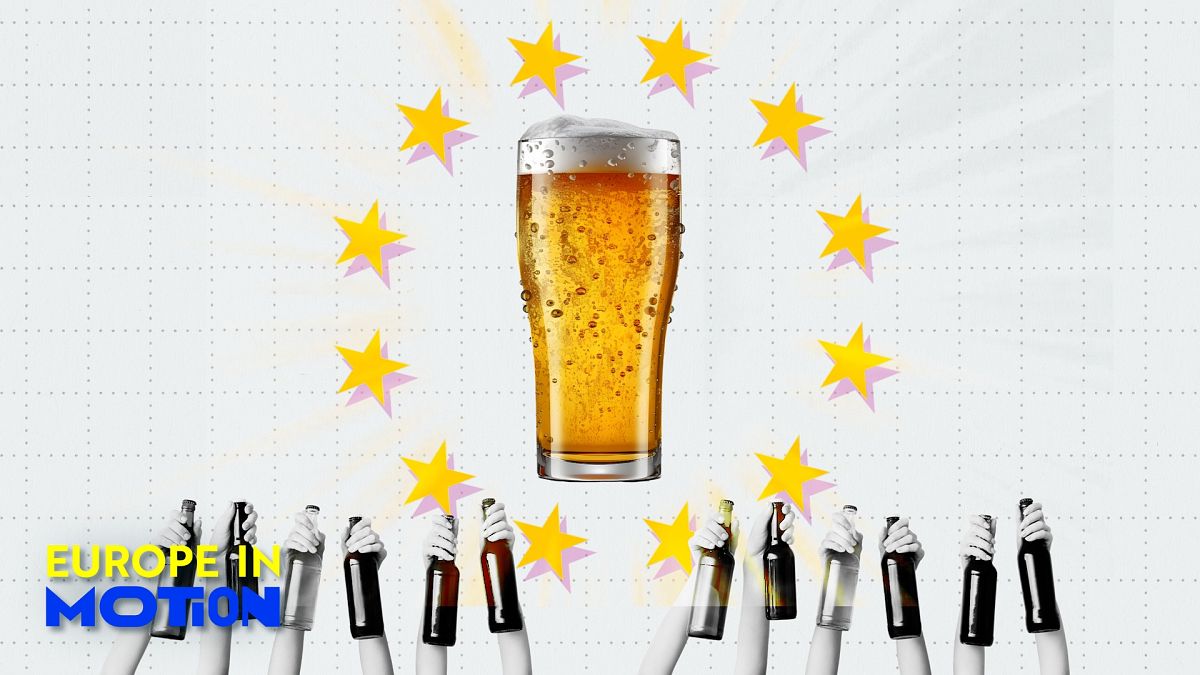The coalition is holding a steady grip on power according to the latest 1News Verian Poll, but its results see seats lost for National and gained for Labour.
The poll also found 40% of voters think New Zealand is in “worse shape” and 30% “better shape” than before the election, one year ago today.
The poll, which surveyed 1000 eligible voters and ran from October 5 to 9, would see the coalition returned to power with 63 seats if an election were to be held today – the one-year anniversary of the 2023 general election.
National, on 37% of the party vote in the poll, was down 1% on the last poll, which was held in August. Labour was also down 1% on 29%, the Greens up 1% on 12%, ACT up 1% on 8% and New Zealand First on 5%, down 1%.
Te Pāti Māori was on 4%, steady on the last poll. Non-parliamentary party The Opportunities Party was up 2% to 3% – not enough to enter Parliament without an electorate seat.
Undecided voters made up 9% of those polled, steady on the last poll.
The numbers meant National would have 47 seats – down two from their actual seats in Parliament. Labour would have 37, up three on its current seat entitlement.
The Green Party – plagued with setbacks this year – gained one seat to have 15, while ACT lost one with 10 seats on the poll results. New Zealand First would also lose two seats, with six, and Te Pāti Māori would stay the same with six seats.
Pollster Verian’s calculation assumed Te Pāti Māori retains its six Māori electorate seats.
Luxon and Hipkins both drop
In the preferred prime minister stakes, National’s Christopher Luxon remained on top with 25%, but down 3% on the last poll.
Labour leader Chris Hipkins was also down 3% to 15%.

Greens co-leader Chlöe Swarbrick was in third place as preferred prime minister with the support of 6% of those polled, down 1% on the last poll.
Current Deputy Prime Minister Winston Peters was fourth on 6%, up 1%, ahead of future deputy prime minister David Seymour, steady on 4%.
Labour ‘slowly rebuilding’ – Hipkins
Despite a horror year, the Greens saw an increase in support. (Source: 1News)
Labour leader Chris Hipkins told 1News polls “bounced around a bit from month to month” but the trend, in his view, was that Labour was “slowly rebuilding its support”.
“That’s what we set out to do after the last election. We knew that rebuilding our support, getting ourselves into shape to win the next election wasn’t going to be an overnight process.”
He said in the year since the election Labour had got out “listening to New Zealanders”.
On his preferred prime minister result of 15%, he said he was “not that worried about those ratings at this point in the election cycle”.
He said Leaders of the Opposition “very seldomly poll particularly strongly” in the first year after a general election.
Hipkins said much of the public could see the current Government was “taking New Zealand backwards” but were otherwise not that focused on how they might vote at the next election.
He said those who voted for change at the election did not think they were voting to “increase smoking [or] to cut funding for the health system and send it into crisis [or] cutting funding to build new homes”.
“Those are the very things this Government have done and I don’t think that’s what Kiwis had in mind when they voted for change at the last election.”

‘Inherited a hell of a mess’ – Luxon
Prime Minister Christopher Luxon said the Government was focused on delivering for New Zealanders but it was a “really tough time” for Kiwis.
“We’re making tough decisions, we’re also moving at an incredible pace. There’s encouraging signs, we’ve seen some good recent progress around interest rates, around inflation falling, but importantly we’re also seeing people saying they’re confident about the future and the direction that we’re going.”
He said the Government was “executing a turnaround” and was getting the country “out of the hole that it’s been put into thanks to the previous Labour Government” and “into a more positive space”.
“New Zealanders understand that we’ve inherited a hell of a mess. We’re fixing it, we’re sorting it out for them.
“They can see that I’ve actually got this coalition Government working incredibly well … they know there are better days ahead of us.”
Of preferred prime minister, he said he was not focused on polls but working for New Zealanders because the country had “fantastic potential”.
Party vote
National – 37% (down 1% on previous 1News Verian Poll)
Labour – 29% (down 1%)
Green – 12% (up 1%)
ACT – 8% (up 1%)
New Zealand First – 5% (down 1%)
Te Pāti Māori – 4% (steady)
The Opportunities Party (TOP) – 3% (up 2%)
New Zeal – 1% (steady)
Freedoms New Zealand – 1% (up 1%)
Don’t know / refused to say – 9% (steady)
Seats in the House
(Calculation assumes Te Pāti Māori retains its electorates.)
National – 47
Labour – 37
Green – 15
ACT – 10
New Zealand First – 6
Te Pāti Māori – 6
Preferred prime minister
Christopher Luxon – 25% (down 3%)
Chris Hipkins – 15% (down 3%)
Chlöe Swarbrick – 6% (down 1%)
Winston Peters – 6% (up 1%)
David Seymour – 4% (steady)
See the full poll results and methodology here.
Between October 5 and 9, 2024, 1000 eligible voters were polled by mobile phone (500) and online, using online panels (500). The maximum sampling error is approximately ±3.1%-points at the 95% confidence level. Party support percentages have been rounded up or down to whole numbers, except those less than 4.5%, which are reported to one decimal place. The data has been weighted to align with Stats NZ population counts for age, gender, region, ethnic identification and education level. The sample for mobile phones is selected by random dialling using probability sampling, and the online sample is collected using an online panel. Undecided voters, non-voters and those who refused to answer are excluded from the data on party support. The results are a snapshot in time of party support, and not a prediction.













